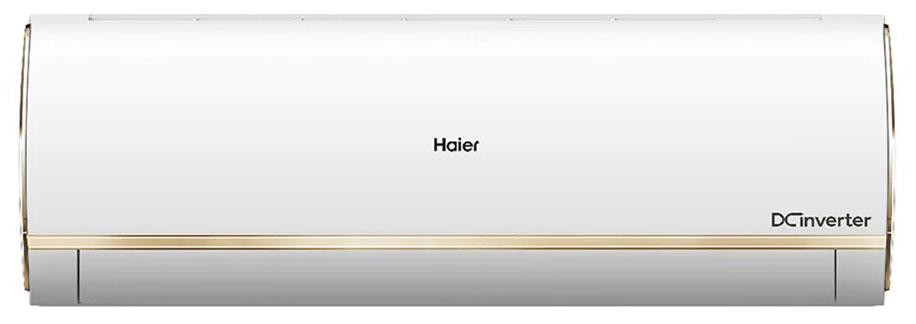An ideal indoor humidity level must be maintained for a healthy living space. Increased humidity can encourage the formation of mould, mildew, and dust mites, which can lead to allergies and other health problems. In cases like flooded basements or leaking roofs, a dehumidifier can even save your life.
This shopping guide contains key elements to think about, such as types, sizes, and features, well-known brands, and advice for best results.
Types of Dehumidifiers:
Dehumidifiers come in various capacities, and it's essential to choose the right size based on your needs and the area you want to dehumidify. There are four types of dehumidifiers:
- Small-Capacity Dehumidifiers: Ideal for areas under 600 square feet, these units remove less than 30 pints of moisture per day. They work best for small, damp spaces rather than heavily wet areas.
- Medium-Capacity Dehumidifiers: Suitable for spaces between 600 to 800 square feet, these models typically remove 30 to 40 pints of moisture per day. They are perfect for slightly damp rooms with a musty smell.
- Large-Capacity Dehumidifiers: Designed for rooms from 600 to just under 1,200 square feet, these units remove 40 pints or more of moisture per day. They are suitable for areas with small puddles, condensation, or mould.
- Whole-House Dehumidifiers: If you need to address high humidity in multiple rooms or throughout your home, consider a whole-house dehumidifier. These units can handle up to 5,000 square feet and are available as portable units or as add-ons to central heating and ac dehumidifiers.
What to Know Before Buying
Before diving into the technical specifications, assess your needs and reasons to buy a dehumidifier. Consider factors like the area you want to dehumidify, the season you'll use it, and any specific issues you want to combat.
- Size Matters
Choosing the right size dehumidifier is critical for its effectiveness. Determine the capacity you need based on the relative dampness of the area and the room size. Consult EnergyStar's dehumidifier sizing table to estimate the required pint capacity.
- Tank Capacity and Drainage
Consider how you plan to empty the water collected by the dehumidifier. Models with larger tanks (over 15 pints) require less frequent emptying. Alternatively, look for units with continuous drainage options, either with an internal pump or a hose, for hassle-free operation.
- Operational Factors
Noise level and energy consumption are important considerations. Opt for a model with minimal noise if you plan to use the dehumidifier in a bedroom. Energy Star-certified units are more energy-efficient and cost-effective in the long run.
- Convenience and Features
Look for convenient features like auto-shutoff, smart memory, portability with wheels, and easy-to-clean water tanks and filters. Some smart dehumidifiers come with adjustable humidistats, built-in hygrometers, full tank indicators, and support for voice control or smartphone apps.
Conclusion
Finding the perfect dehumidifier requires assessing your specific needs and space requirements. Consider factors like size, tank capacity, and operational features to ensure an effective and efficient solution for maintaining the ideal indoor humidity level. With the right dehumidifier, you can create a comfortable living environment for your family.

